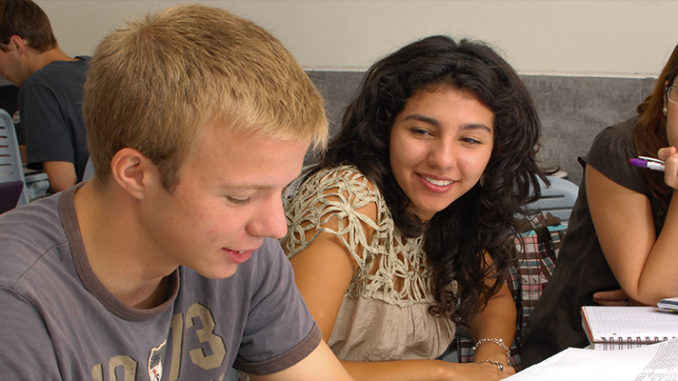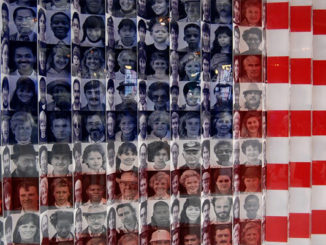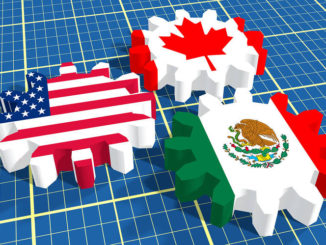
by Amber Northern, Ph.D.
Building upon the well-known work of Caroline Hoxby and her colleagues, Kalena Cortes and Jane Lincove recently conducted a study that examines the “match” between underserved students and their choice of college. The study exploits Texas’s automatic admissions policy, which granted automatic admission to all public universities in the state to all students who achieved the top 10 percent in class rank as juniors in their high schools (that’s since been changed). This is the sole admissions criteria, although students are still required to complete a college application and take the SAT. (So again, they are admitted regardless of their scores on the SAT, the caliber of their high school, or the courses they took.)
Analysts estimate the differences in the effects of this admissions offer on both low- and high-income students who graduated from public school in 2008 and 2009. Specifically, whether knowing that they are automatically admitted to any public university in the Lone Star State fosters less “undermatch” or more “overmatch”—in other words, when students enroll in institutions where the average SAT score is, respectively, lower than or higher than their own. Analysts also look into whether nonacademic factors play a role in the choice of college, like location and proximity, and whether students prefer colleges with same-race peers, or students from their same high school.
They run a number of sophisticated models that control for numerous variables, but one thing they obviously have to acknowledge is that low-income students are likely more responsive to college costs than are high-income students. So the study essentially compares the effect of perfect admissions information across income groups; they need not assume that students have similar ability to pay. That said, the range of tuition in Texas for public universities is fairly narrow, in part due to the state’s common application system. Analysts are also able to demonstrate that, on average, students do not change their “matching behavior” after they receive financial aid offers.
There are key findings—some of which are fairly nuanced. First, the automatic admissions policy reduced undermatch among low-income, high-achieving students, inducing them to apply to and enroll in more academically challenging state universities. They did not find a similar effect on high-income, high-achieving students, which suggests that the information narrowed the income-related differences in college quality among highly-qualified applicants.
However (cue second finding), regardless of the automatic admissions offer, high-income students with low SAT scores are more likely to overmatch than their low-income academic peers. So the admissions offer appears to improve the quality of colleges applied to and attended for low-income students only if their observable qualifications (a.k.a. SAT scores) are also well matched. The admissions offer alone was not enough to change their application behavior; they appear to follow the (deterring) signal of their SAT performance, even when those scores do not count for admission.
Third and finally, the results show that most students prefer campuses with students who are like them both demographically and socioeconomically, and who attended the same high school. The exception: Only highly-qualified, low-income students will choose universities where they have fewer same-race and same-income peers.
The bottom line is that while automatic admissions policies help lessen undermatch among low-income high achievers, their SAT scores still sway their behavior, regardless of whether they are used for entry. The irony is not lost: Although there’s a growing list of colleges that say the SAT doesn’t provide useful information about a potential applicant’s likelihood of success, those very same applicants appear to think otherwise about their scores.
SOURCE: Kalena E. Cortes and Jane Arnold Lincove, “Match or Mismatch? Automatic Admissions and College Preferences of Low- and High-Income Students,” Educational Evaluation and Policy Analysis (December 2018).



